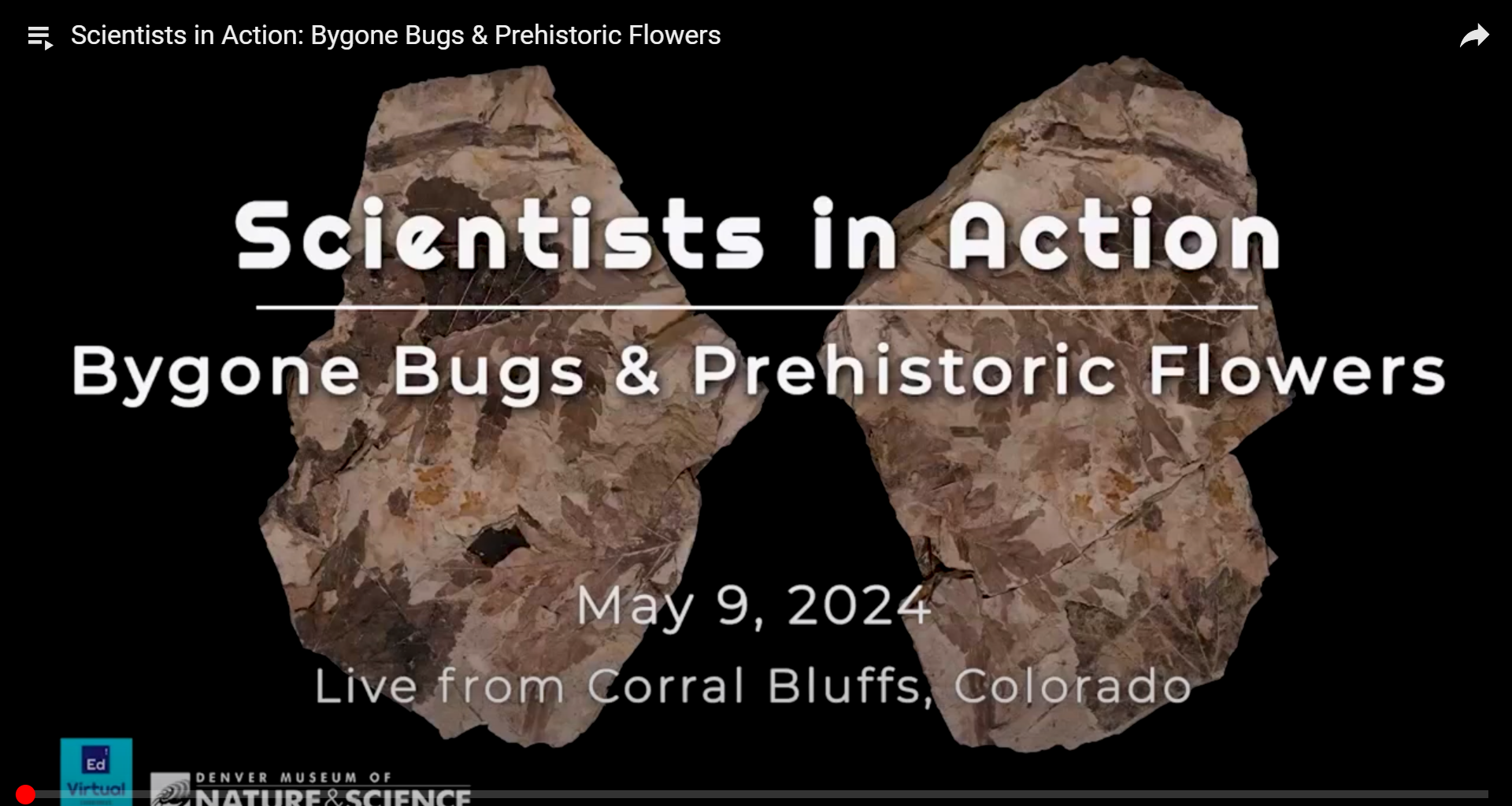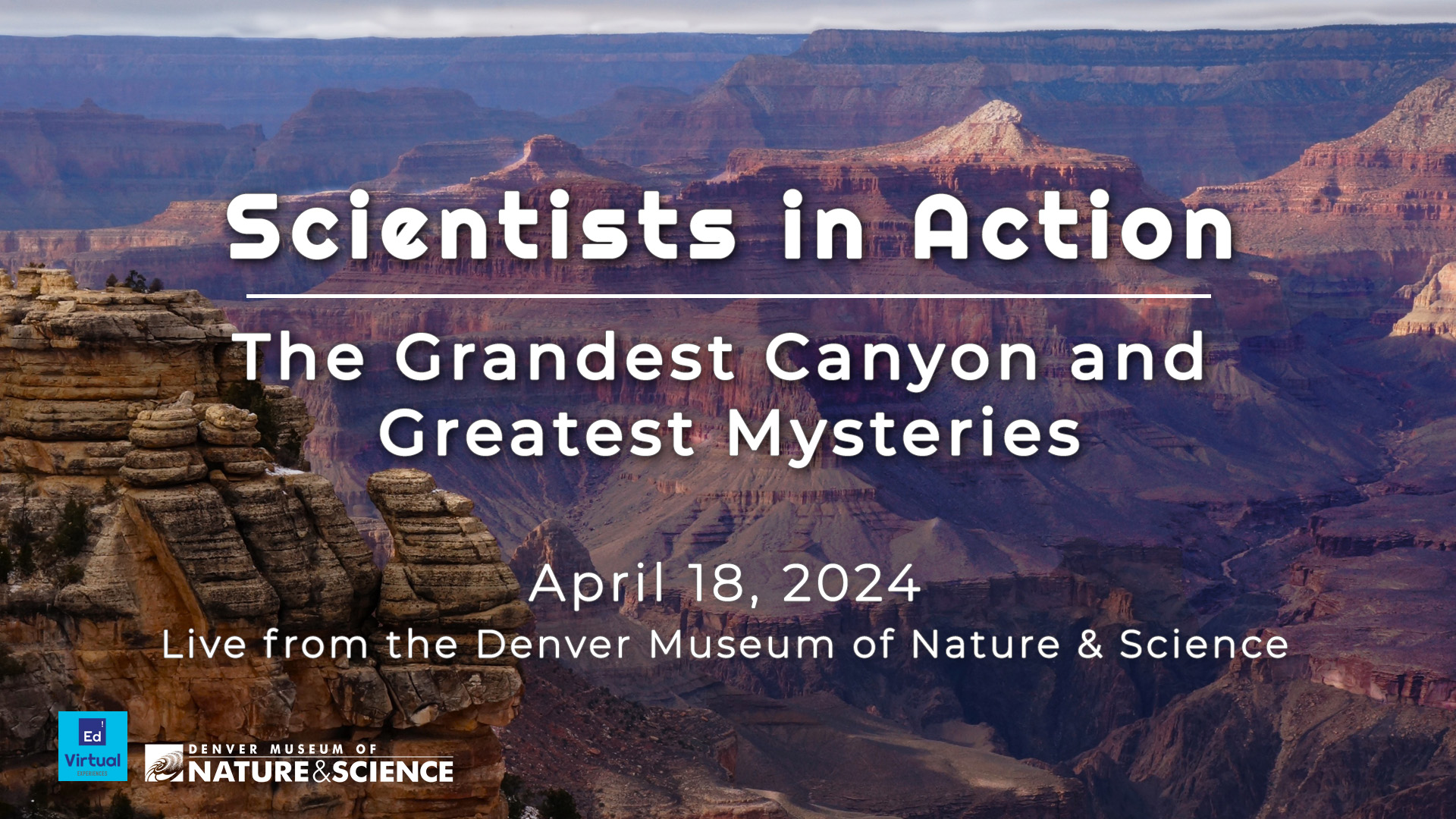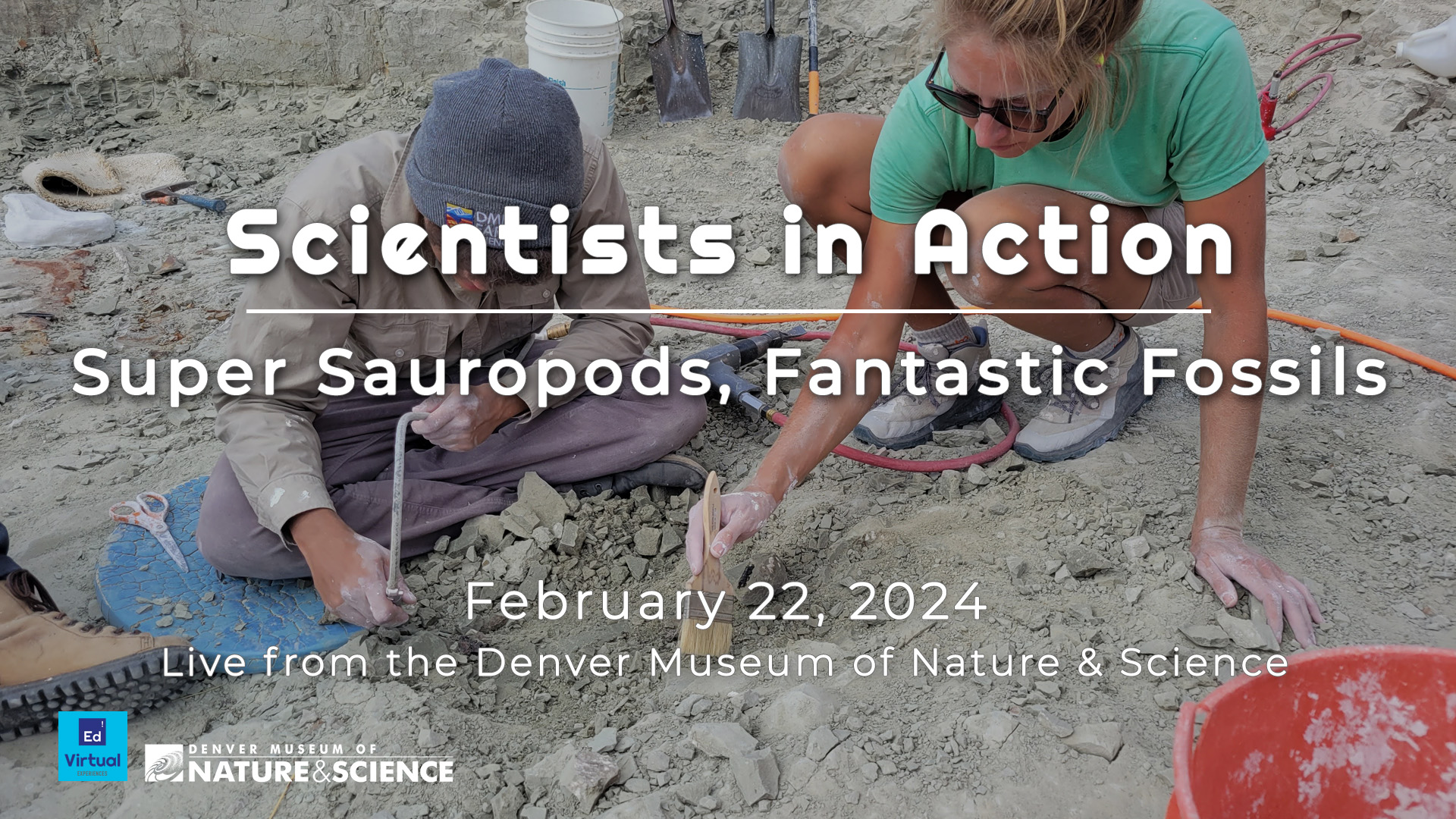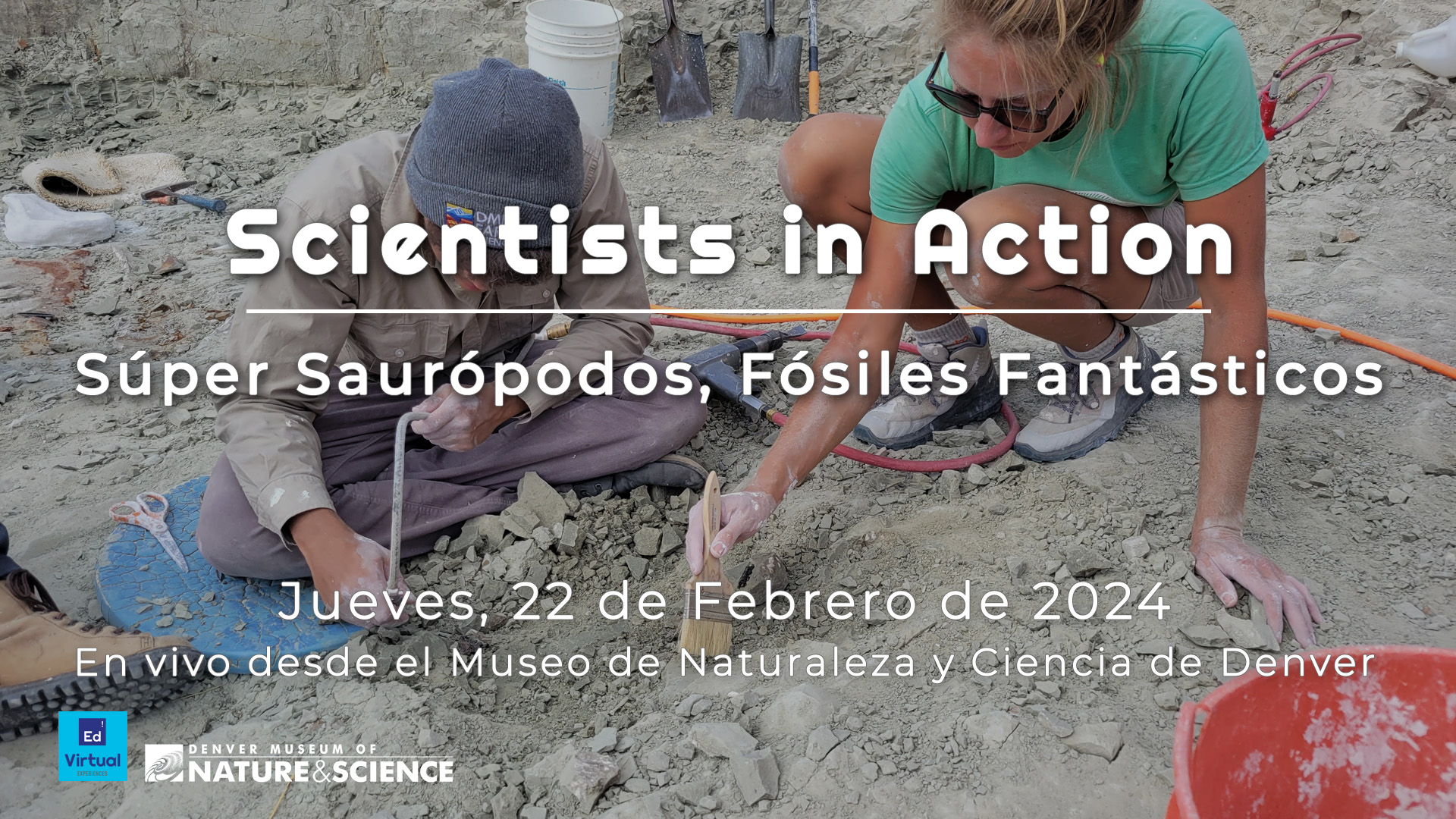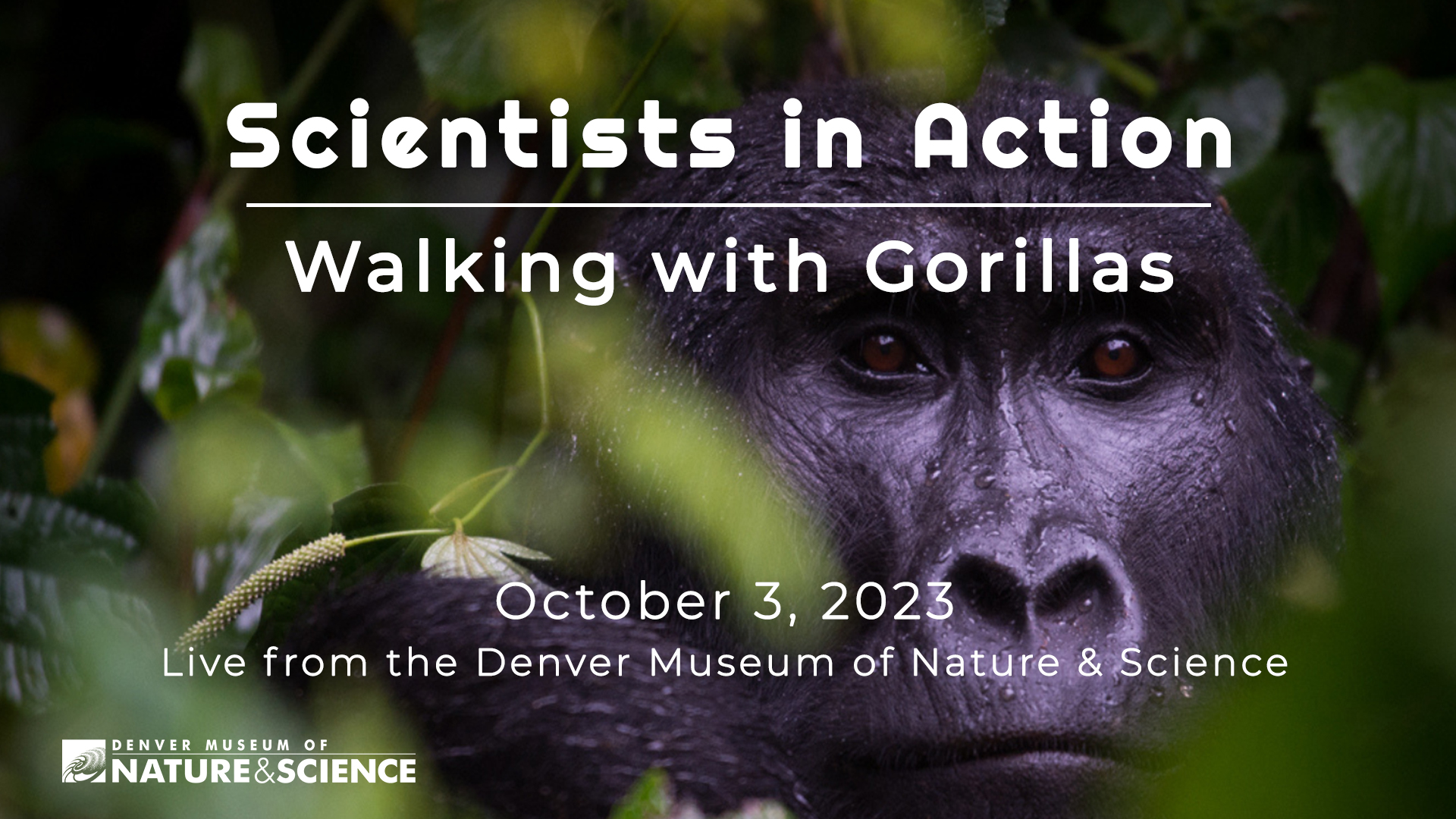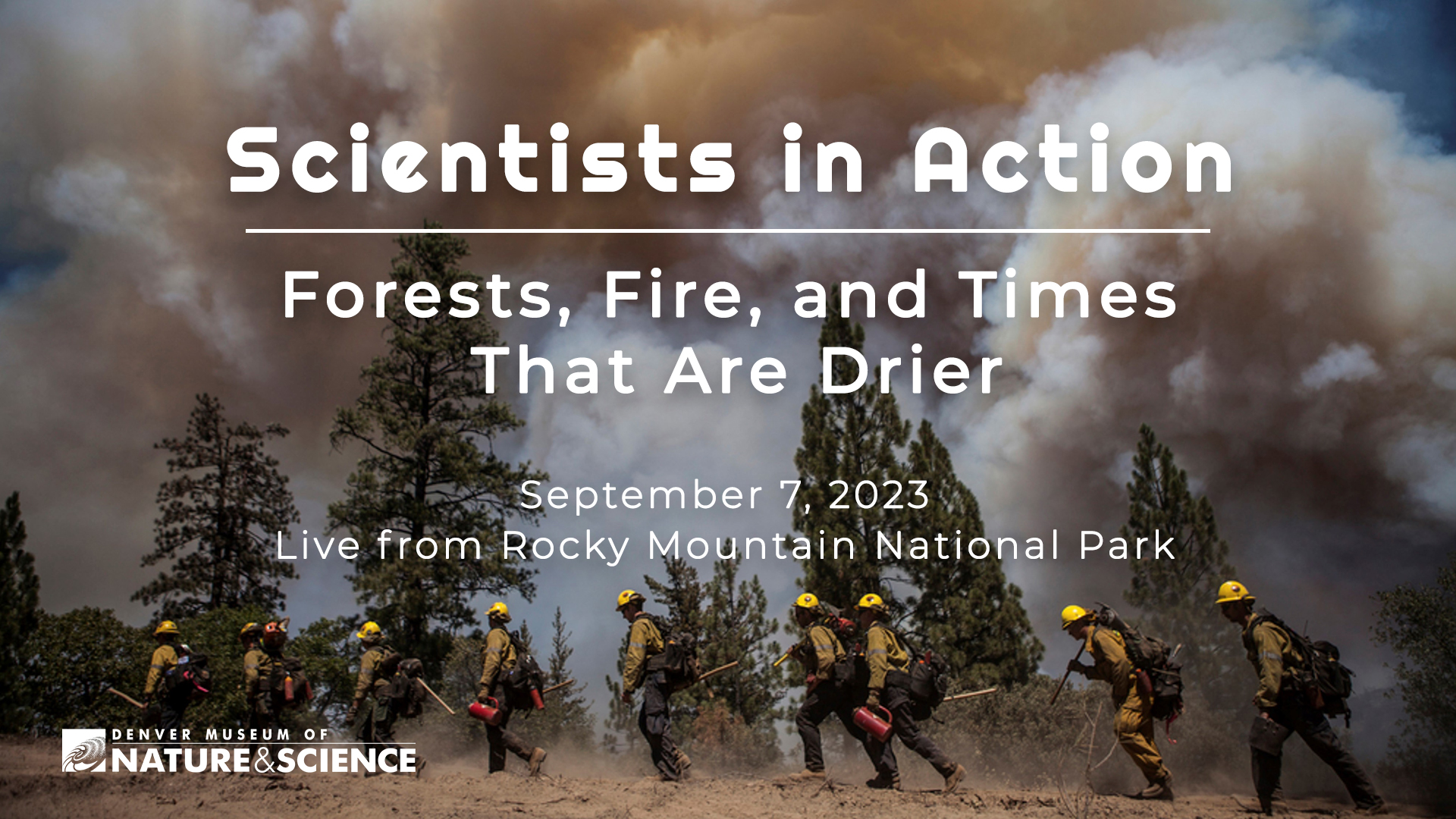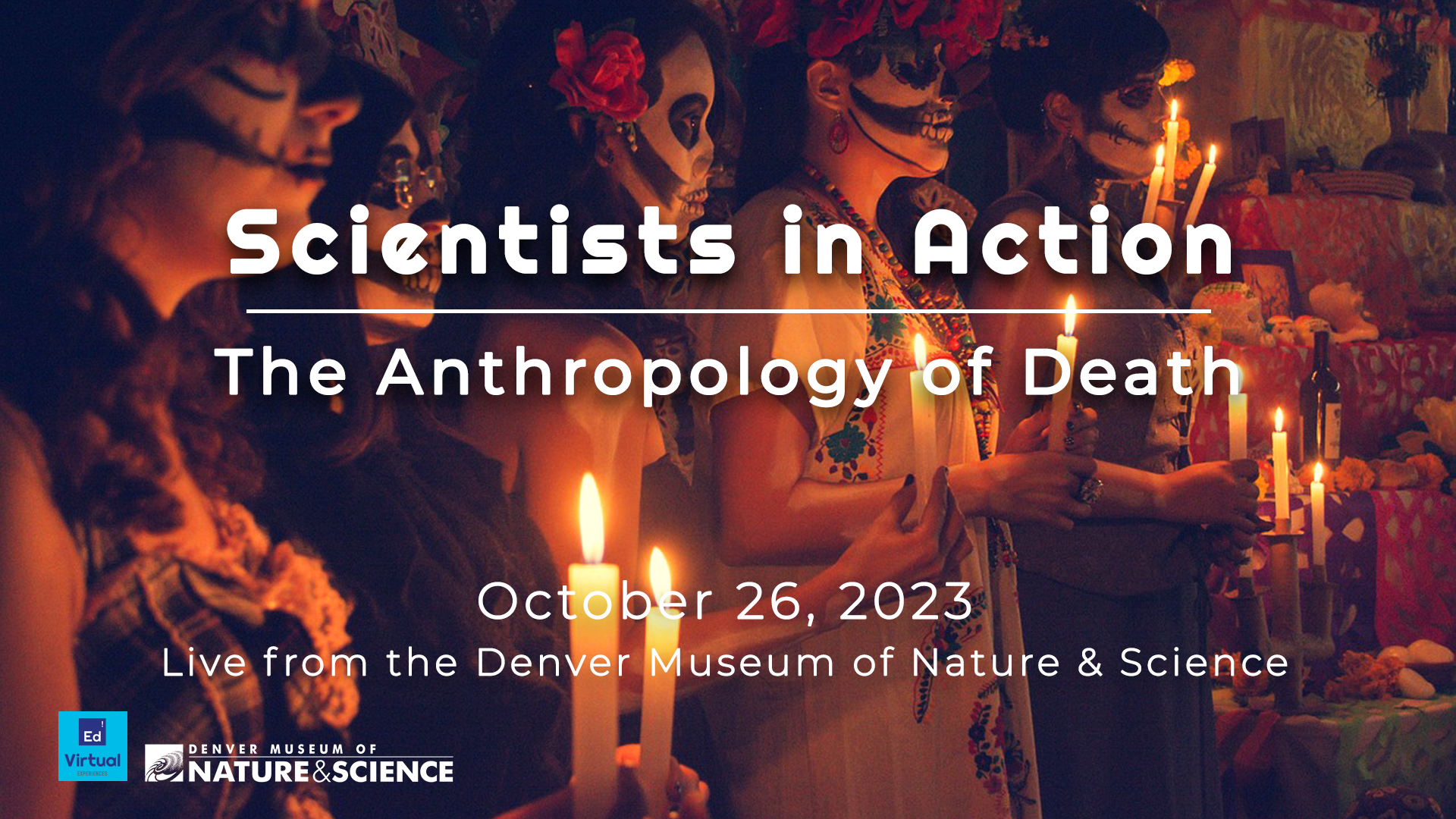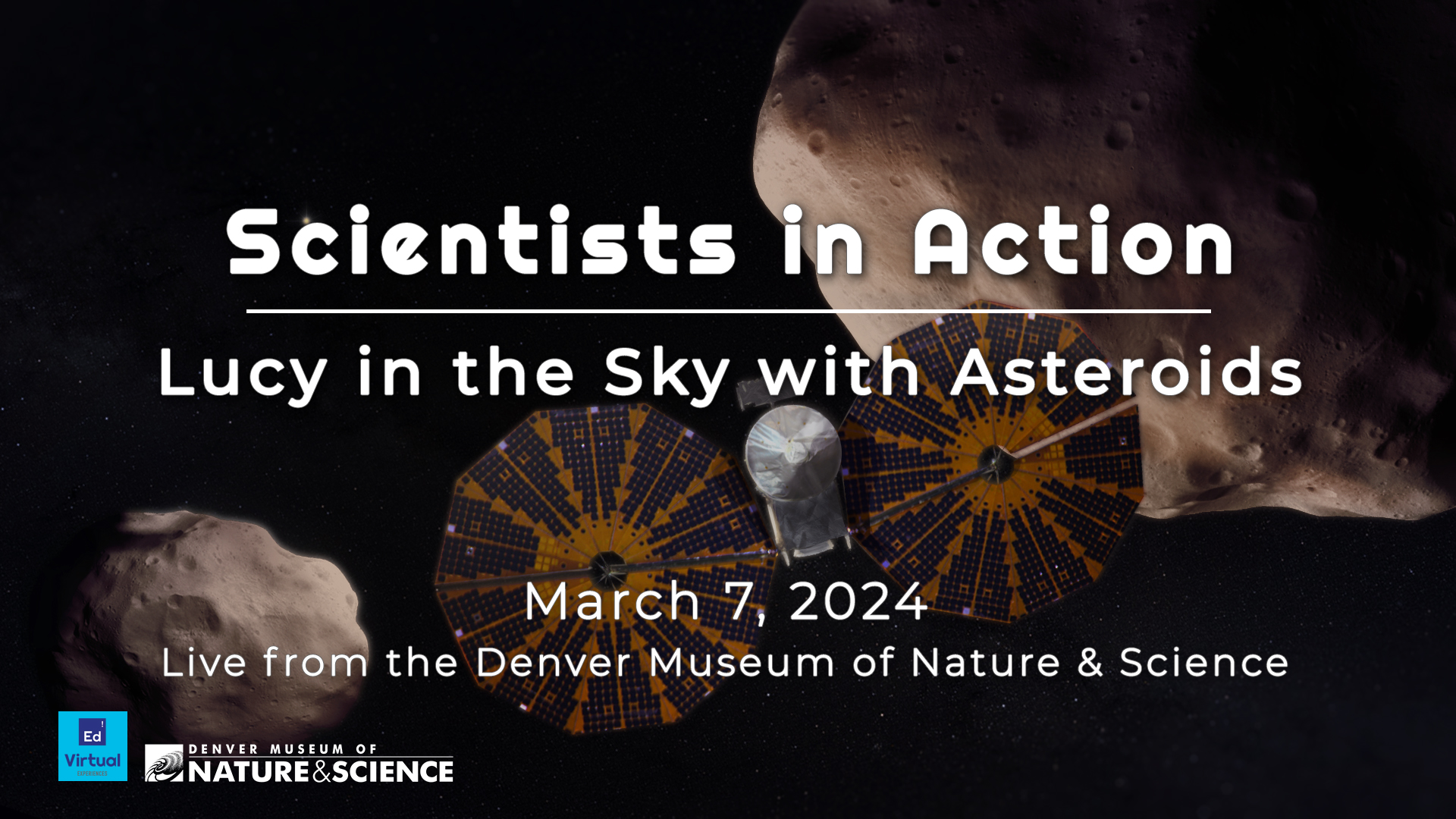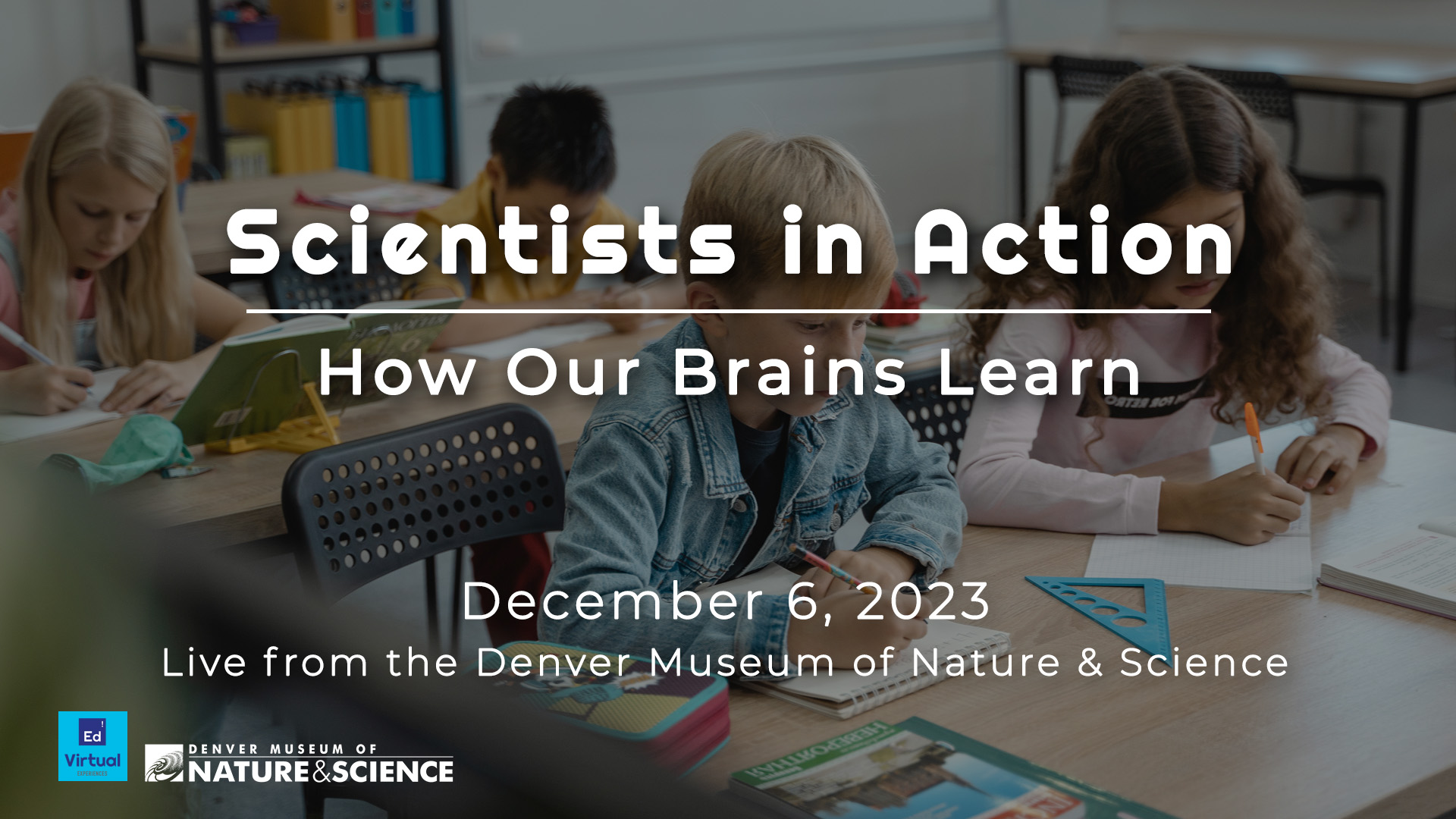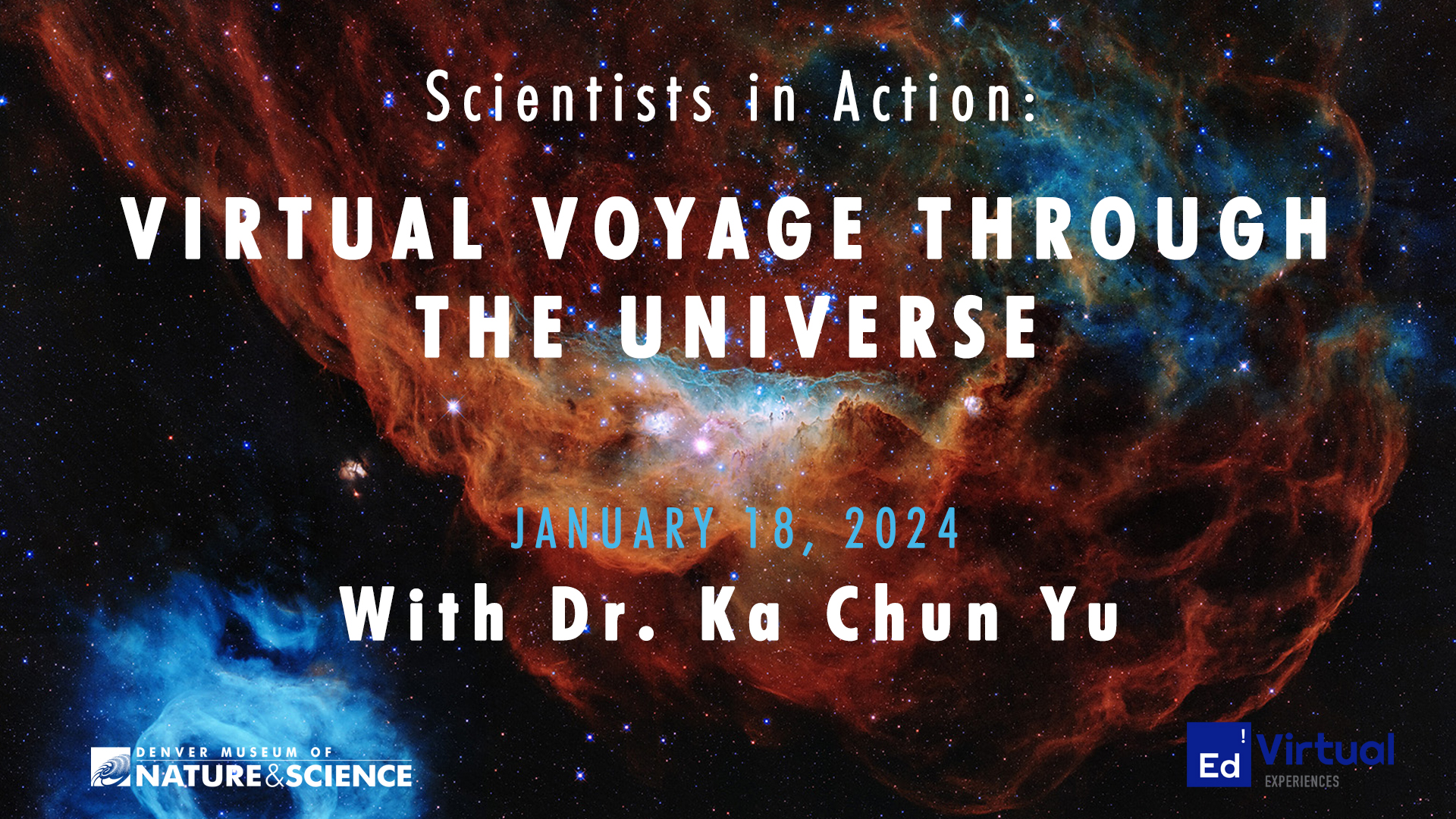Join the Denver Museum of Nature & Science's FREE monthly virtual field trip with Scientists in Action! Using Zoom webinar format, we'll transport your students to labs, fields and behind-the-scenes at the Museum. Each month features a new scientist and an area of science they study. Student questions help guide the program, allowing students to engage and see their curiosity honored as they chat with scientists of all backgrounds. Anyone can be a scientist and it just might start with one of our virtual programs - register your class today!
Dates: Different each month, though typically on a Thursday
Times: We offer four, 45-minute sessions starting at 9 a.m., 10 a.m., 11 a.m. and 1 p.m. Mountain Time
Cost: Scientists in Action are FREE, always!
Age: Recommended for grades 4-12, but all are welcome
Format: Zoom webinar
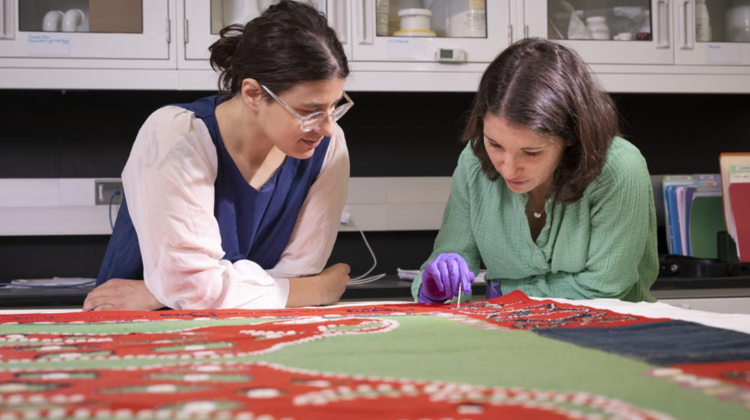
Scientists in Action: The Art and Ethics of Conservation
Date: Thursday, March 13, 2025
Time: 9 a.m., 10 a.m., 11 a.m., 1 p.m. Mountain Time
Join the Denver Museum of Nature & Science as we travel behind-the-scenes and deep below the Museum to visit our Avenir Conservation Center team. Guided by a code of ethics intended to protect the integrity and authenticity of human objects, these scientists artfully blend culture, history, art and science in this advanced level of art conservation. But how exactly do the conservators identify, care for, and potentially return these collection items? And just what kinds of items are we talking about exactly? Register today and get ready to ask questions and learn something new!
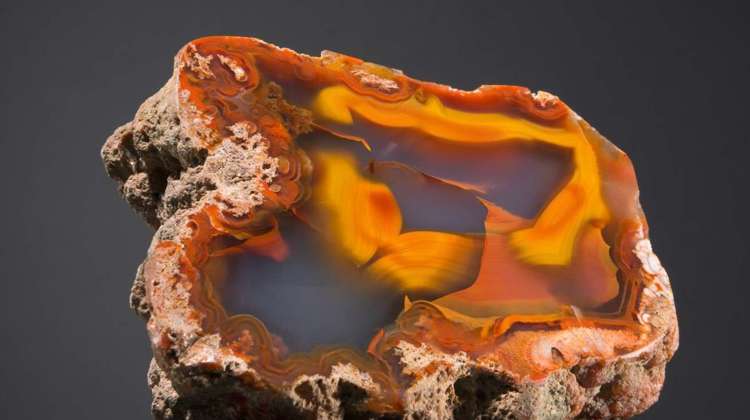
Scientists in Action: Hidden Gems
Date: Thursday, April 24, 2025
Time: 9 a.m., 10 a.m., 11 a.m., and 1 p.m. Mountain Time
Below ground and behind the scenes at the Denver Museum of Nature & Science is an extensive mineral collection, with over 20,000 specimens, including the largest collection of diamonds at any museum in the entire world! Dr. James Hagadorn, curator of geology, has the privilege of working with these rarely seen objects. Connect live for a glimpse at this incredible collection and learn about what a seemingly ordinary rock can reveal about the past, present and future of our planet. Student questions will be the compass in this scientific treasure hunt!

Scientists in Action: The Demise of the Dinosaurs and Expansion of Mammals
Date: Thursday, May 22, 2025
Time: 9 a.m., 10 a.m., 11 a.m., and 1 p.m. Mountain Time
Sixty-six million years ago, life on earth had a catastrophically bad day. Following the impact of an asteroid six miles in diameter, non-avian dinosaurs and countless other critters were wiped from the face of the planet. For survivors, life shortly after was grim, but in the wake of the destruction, some species eventually flourished. What was the world and life like after the asteroid? And how does one remarkable location in Colorado help scientists Dr. Tyler Lyson and Dr. Gussie Maccracken understand earth’s greatest comeback story? Student questions will help guide this virtual field trip; register your class today!
Want to watch more Scientists in Action programs? You can find a more comprehensive list on our Museum Youtube channel as well as pre-2020 videos in our archive!

